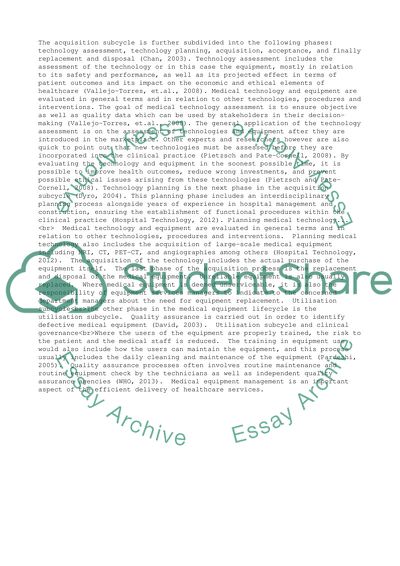Cite this document
(“Management of medical equipment Essay Example | Topics and Well Written Essays - 2250 words - 1”, n.d.)
Retrieved from https://studentshare.org/management/1465909-management-of-medical-equipment
Retrieved from https://studentshare.org/management/1465909-management-of-medical-equipment
(Management of Medical Equipment Essay Example | Topics and Well Written Essays - 2250 Words - 1)
https://studentshare.org/management/1465909-management-of-medical-equipment.
https://studentshare.org/management/1465909-management-of-medical-equipment.
“Management of Medical Equipment Essay Example | Topics and Well Written Essays - 2250 Words - 1”, n.d. https://studentshare.org/management/1465909-management-of-medical-equipment.


